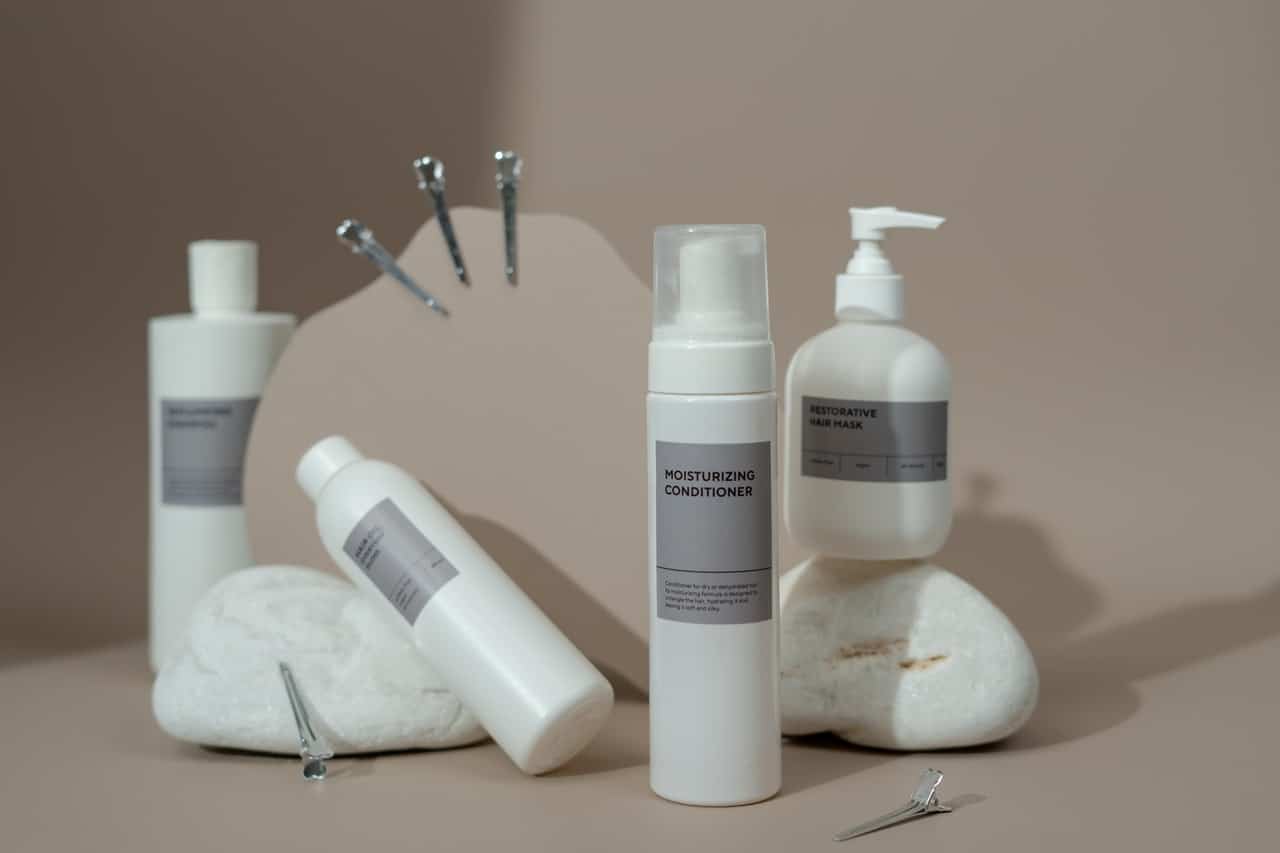Product pricing done right is important because that can make or break your business. It can greatly affect your business and in order to survive, you need to be profitable. Product pricing is easier said than done, it can be a daunting process. Therefore, it’s quite common to get stuck on pricing your products before launching.
The first thing I would say to you or anyone that asks for advice is when you have a good product, you should bet on it. Price your product with profit in mind, you obviously want to make money! That’s why you have the business.
Do not underprice your product just because you think price alone drives sales. In today’s world, customers are well informed about their purchases. They are ready to pay premium prices to get maximum benefits for their money and time.
It’s your job as a brand to convince customers by showing VALUE of what they are paying. Don’t let LOW pricing or a SALE be your only selling factor.
If the product is good and you market it right, customers are willing to pay a premium price for it. At the same time be mindful because overpricing a product can be another pitfall in business.
Determine your COG (Cost of Goods)
Cost of Goods is the cost associated to make the product purchase ( Shipping labels, Shipping Supplies, labor e.t.c.). Get the cost per product.
You can use the website calculator soup to figure out how much markup you will place on top of buying price.
Determine your GPM (Gross Profit Margin)
Let’s do some simple math to determine the GPM

50% GPM and upwards is considered a “good” profit margin in the beauty industry. This gives you a wiggle room for business promotions (ads) and other general expenses related to the business while maintaining a profit.
Research your competition and their selling channel.
Although you want to have a good profit margin, you want to stay competitive. The key factor here is to determine where and how your competitors are selling their products. For example, products sold at Sephora and Walmart have different prices. Sephora is well known for selling premium-priced brands. If you can now envision your products on Sephora shelves in the future then your prices should be “Sephora-priced” from the beginning. It may be tricky to raise the price of the same product later on if you already have an established customer base.
Determine and Know your Customer Base.
Have you watched the Netflix limited series about this famous designer called Halston? If you haven’t you should consider giving it a try whenever you are free. Anyway, this guy is a designer and one of the products he sells with his brand is perfume. His marketing team asks him, what kind of customer would wear his perfume. Halston then described his ideal customer in detail, so much so that he knows where his ideal customer lives, how much they make, and even how their daily routine is. I thought that was genius. I mean talk about target marketing! Don’t be discouraged if your friends and family don’t buy from you. The right customer base will pay the right price.

